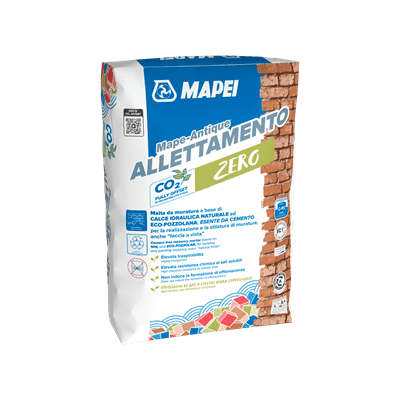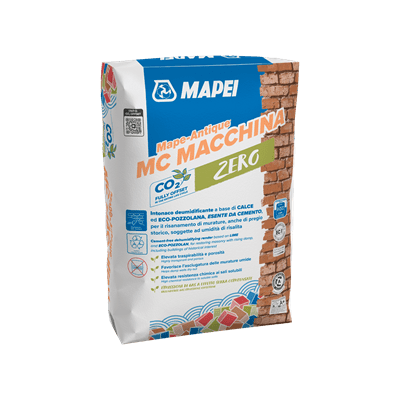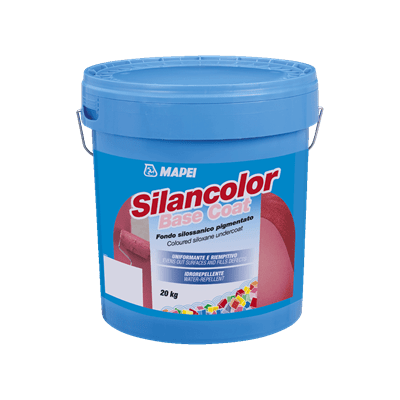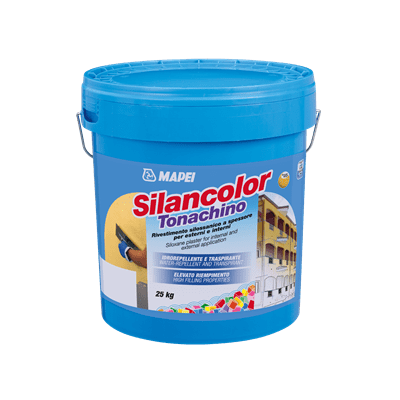
Italian National Railway Museum, Pietrarsa (Italy)
Overlooking the Italian Gulf of Naples, the museum contains a unique collection of historical railway carriages and locomotives.
The redevelopment of such a charming place was only made possible by taking the utmost care in the final aesthetic result, to highlight the historical significance of the structure, and by developing a durable technical solution that would provide protection and resist the aggressive action of salt from the sea that makes the skyline of the Workshops so poetic.
And to achieve such a wonderful result, Mapei supplied branded solutions for the façades with products and systems from the lime-based, cement-free MAPE-ANTIQUE and siloxane-based SILANCOLOR ranges.
Overlooking the gulf of Naples, the museum contains a unique collection of historical railway carriages and locomotives.
The first stretch of the Italian rail network was inaugurated on the 3rd of October, 1839 by King Ferdinand II of the Two Sicilies. The stretch was a little more than 7 km long and the journey from Naples to Portici took 11 minutes, with passengers travelling in two trains designed by the engineer Armand Bayard de la Vingtrie, based on a prototype of the Rocket locomotive designed by George Stephenson.
The first of 7 workshops specialised in the building, maintenance and repair of rail stock was built in 1842 in the Pietrarsa area of Portici. Following the Unification of Italy, the workshops were taken over by the Italian Government and continued their activity as a building, maintenance and repair centre for the large steam trains in use at the time.
The workshops were finally closed down in 1975 and, in 1989, to celebrate the 150th anniversary of the Italian railway network, the Italian National Railway Museum was inaugurated inside the workshops complex.
RESTORATION AND REDEVELOPMENT PROJECT
The National Railway Museum in Pietrarsa has been given a new lease of life: on the 31st of March, 2017, the President of the Italian Republic, Sergio Mattarella, inaugurated the newly-restored museum complex.
The complex is made up of seven structures extending over an area of 36,000 m2, of which 14,000 are covered. Inside the museum there are 55 steam trains, Fiat Littorina trains and carriages, models of trains, a large, 18 m-long model called “Trecentotreni” (three hundred trains), the official state carriage of the President of Italy, an imposing statue of King Ferdinand II and the Liberty-style royal state-room with its pure gold ceiling.
After 20 years of deterioration caused by the salty air and a lack of maintenance, around 15 million Euros were invested to restore the museum.
The most significant work included restoration work on the buildings where the trains and carriages are displayed, new lighting systems, refurbishment of the stone floors outside and around the museum, the installation of a new glass parapet along the promenade, restoration work on the nineteenth-century, cast-iron platform, a new layout for the gardens, restoration work on the building and platform at the train stop in Pietrarsa, restoration work on the large cast-iron statue of King Ferdinand II, refurbishment of the convention centre and a restyling of all the internal areas.
SAFE FAÇADES BY MAPEI
Mapei products were used for the macro-porous dehumidifying render and the coloured coatings on the façades. The first step was to remove all the old, deteriorated render right down to the masonry underneath.
This was then washed with water to remove all the soluble salts, dust, grease, efflorescence and any loose material.
Any gaps or breaks in the masonry were repaired using MAPE-ANTIQUE ALLETTAMENTO salt-resistant mortar and other building materials, such as stone and bricks, with characteristics as similar as possible to the original materials.
Mapei Technical Services recommended MAPE-ANTIQUE RINZAFFO salt-resistant, breathable, lime and Eco-Pozzolan-based scratch-coat mortar used as a base layer before applying MAPE-ANTIQUE MC macro-porous, dehumidifying render which is highly resistant to various chemical-physical aggressive phenomena, such as the presence of soluble salts in the surrounding air.
The surfaces above this level were treated with a system made up of MAPE-ANTIQUE RINZAFFO and MAPE-ANTIQUE INTONACO NHL transpirant base render. After saturating the substrate with water, a 5 mm thick layer of MAPE-ANTIQUE RINZAFFO mortar was applied over the entire surface to improve adhesion of the render and slow down the transfer of salts towards the de-humidifying render during the first few days of curing while it was still too “weak”.
Then, starting from the lower part of the masonry, MAPE-ANTIQUE MC MACCHINA macro-porous dehumidifying render was applied to form a layer at least 20 mm thick. While the dehumidifying render was curing, any areas directly exposed to the sea air were protected with sheets to limit as much as possible the amount of salt deposited on their surface.
Once the render was fully cured, the surface was protected and painted with SILANCOLOR BASE COAT, a water-repellent, coloured siloxane undercoat with good filling and defect-covering properties, and SILANCOLOR TONACHINO, a water-repellent, transpirant, siloxane plaster with high filling properties, in the colour specified by the client.





.jpg?sfvrsn=baae6475_2)






.jpg?sfvrsn=c3ae6475_2)
.jpg?sfvrsn=bfae6475_2)
.jpg?sfvrsn=bdae6475_2)
